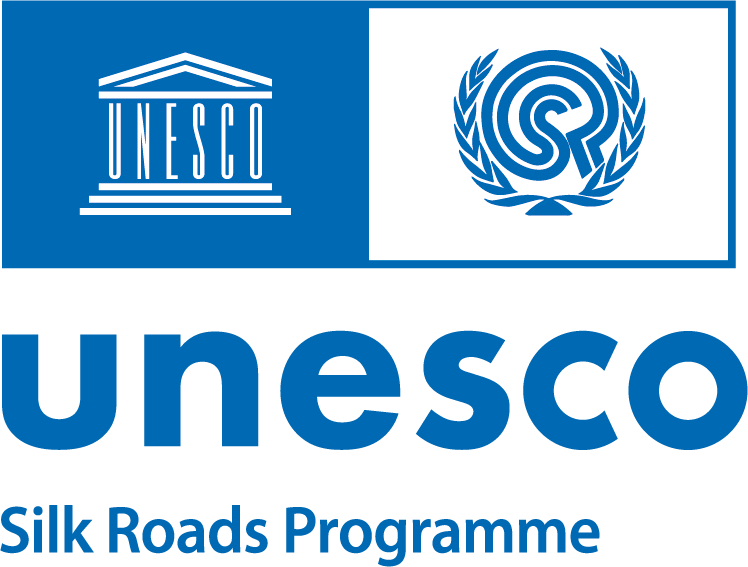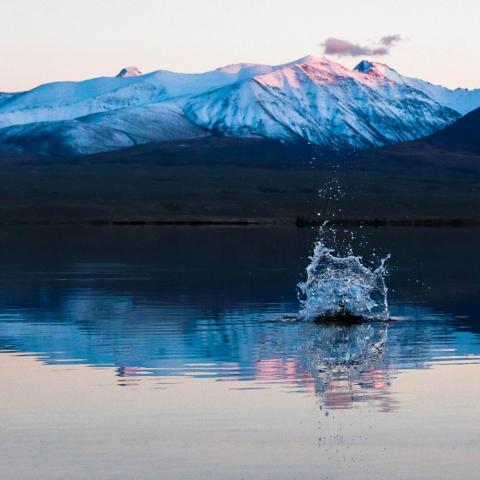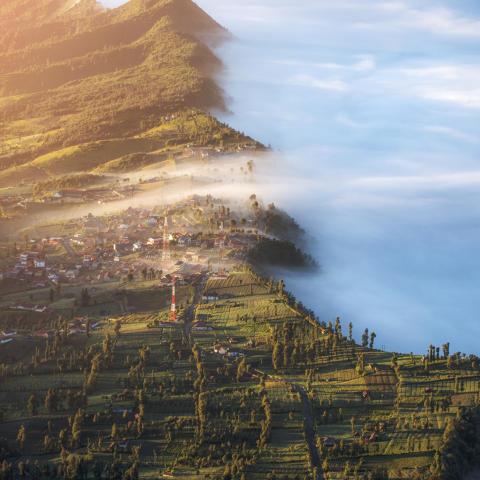Over centuries, landscape has provided the framework within which intercultural exchanges have occurred along the Silk Roads. Today it continues to serve as an important focal point among diverse populations. The legacy of this Silk Roads landscape includes the preservation of significant archaeological and cultural artefacts. These discoveries reflect how geography has helped to nurture and sustain ordinary life. It also provided expansive new travel routes to previously unknown regions, populations, and cultures.
The term landscape is defined as all physical elements bestowed by nature: climate, environment, fields, forests, mines, mountains, lakes, seas, and animals. Ground-level examples include crops, trees, water, as well as buildings and fences. Aboveground examples refer to the moon, stars, and the sun, while underground examples refer to minerals, gems, and stones.
In 2018 for the first edition, participants of the Youth Eyes on the Silk Roads Photo Contest were encouraged to introduce components of landscape into their own unique perspective and creativity.



